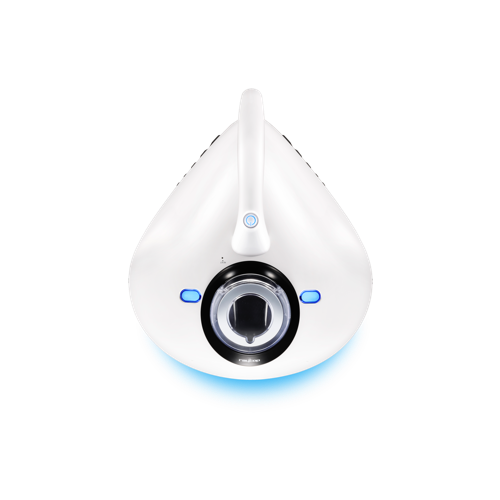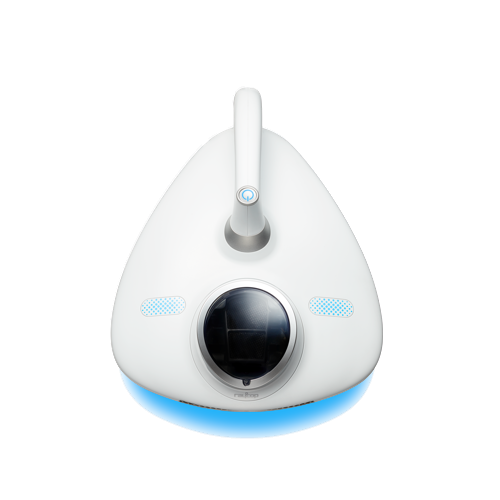Dusty Places You Don’t Want to Overlook When Cleaning Your Home
by Lorna Hordos
Dust is more than a source of embarrassment when company arrives unexpectedly; dust mites, pollen and pet dander (not to mention dirt and germs) are home-invading scoundrels that can upset your immune system, causing various health problems. You might think you have satisfactory dusting skills, but chances are you’re missing oodles of fine particles and fuzzy bits hiding in several unexpected places.
What Causes Dust?
We shed dead skin cells day in and day out, and our sloughed skin is a main source of house dust; what’s more, it’s a main source of food for dust mites. As gross as the mite’s feeding process may seem, it’s normal — but that doesn’t mean it’s safe, explains Medical News Today. Dust-mite fecal matter causes allergies, congestion, sneezing, coughing and even asthma in their human smorgasbords.
Other forms of dust commonly found in the home include textile fibers, paper fibers, pet dander, plant pollen and soil that’s tracked in on your shoes. Regardless of its origin, dust is sneaky, stealing into areas where we often neglect to look. Although you can prevent some particles from building up by using an air purifier, keeping clutter to a minimum and choosing hard flooring over carpeting, fighting dust is an ongoing battle. Here are some unexpected places you might find it, and ways to clean them.
Beds
Beds quickly accumulate dead skin cells, making them popular feeding grounds for dust mites. Dust mites are small enough to pass through woven fabrics, including sheets, blankets, duvets and mattresses. To keep their population down, wash and dry your sheets and blankets on the hot cycles weekly. While you launder your sheets, why not clean your comforter and mattress? Use a HEPA-filter vacuum, or one with a HEPA filter and an ultraviolet-light allergen feature, such as RAYCOP’s RN allergen vacuum. When combined, the filter and light work to kill dust mites (and prevent any eggs from hatching) and suck out any allergen particles without releasing them back into the air around you.
Toy Boxes
Soft toys such as teddy bears and soft-body dolls are susceptible to dust and dust mites, just like soft bedding. They often populate the toy box — and then accompany their small human buddies around the home. Empty your child’s toy box to vacuum inside as needed.
Launder or vacuum your child’s soft toys according to the manufacturer’s instructions. If tags are missing, experts such as TeddyBears.org suggest various cleaning methods like using a vacuum with a soft brush attachment. How you clean soft toys depends on their material, quality, age, value, condition and whether they have swivel joints, which could be damaged by laundering, so use your best judgment.
Chairs and Soft Furniture
How often do you look for dust collecting on your couch and accent chairs — that’s on backs, piping and skirting, in between seat cushions and on throw pillows? It may be barely visible or even invisible to the naked eye, but it’s there. Run your HEPA-filter vacuum over every inch (RAYCOP’s cordless Omni Power UV+ works great for this). Use a crevice tool to get between fixed cushions and other hard-to-reach spaces. Wipe leather or vinyl furniture, including nooks and crannies, using a soft, clean, damp cloth.
What about the dining room? Remember to not just vacuum soft dining-chair seats but wipe the frames — back cross rails, apron, spindles and any other parts on which dust builds up.
Undersides of Furniture
It’s common practice to vacuum or dust mop under and behind furniture to catch the dust bunnies, crumbs and fur balls that gather there on the floor. But get down on all fours and look up at the underside of each piece. You may be surprised at the fuzzy crime scene you’ll find, including cobwebs (and maybe their eight-legged occupants), on the bottom of your box spring, bed frame, sofa and armchairs, for starters. Use a vacuum or duster to capture the offenders that hide in such inconspicuous places.
Ceilings
We often focus on cleaning whatever’s at eye level or lower; however, dust gets stirred up as we shuffle about, and isn’t particular about where it lands. Ceiling-fan blades, for instance, are one of the last places you want dust to collect; imagine turning on your fan after a period of disuse — the accumulated fine particles have to go somewhere. Vacuum a fan using a soft-bristle attachment, and then wipe it with a clean, damp cloth.
You also want to keep your home’s smoke detectors clean to reduce the chance of anything interfering with their sensors. Disconnect hardwired units and remove the backup batteries. Carefully vacuum smoke detectors using the crevice tool, or blow them clean with a can of compressed air.
Lights can’t shine as brightly as they should if they’re coated with dust. When it comes to cleaning light fixtures, turn them off before you vacuum fabric or beaded shades, or wipe your fixtures’ arms and bulbs with a clean, soft, damp cloth. While you have a ladder out, vacuum high (and low) air-intake vents, drapery rods and drapes, blinds, ceiling cobwebs and the top of doorway trim using the soft-bristle attachment.
We can get away with regular cleaning routines most days; but at least a few times a year, look a little closer for dust at large, intruding on your home in unexpected places. After all, you want your home to be both sparkly and safe, right?
Lorna Hordos is a home-improvement business owner and freelance writer. She has composed thousands of friendly, helpful home and business articles for numerous clients, including Kardiel, Lowe’s, Daltile, ModernMom, WordPress and Bizfluent.












